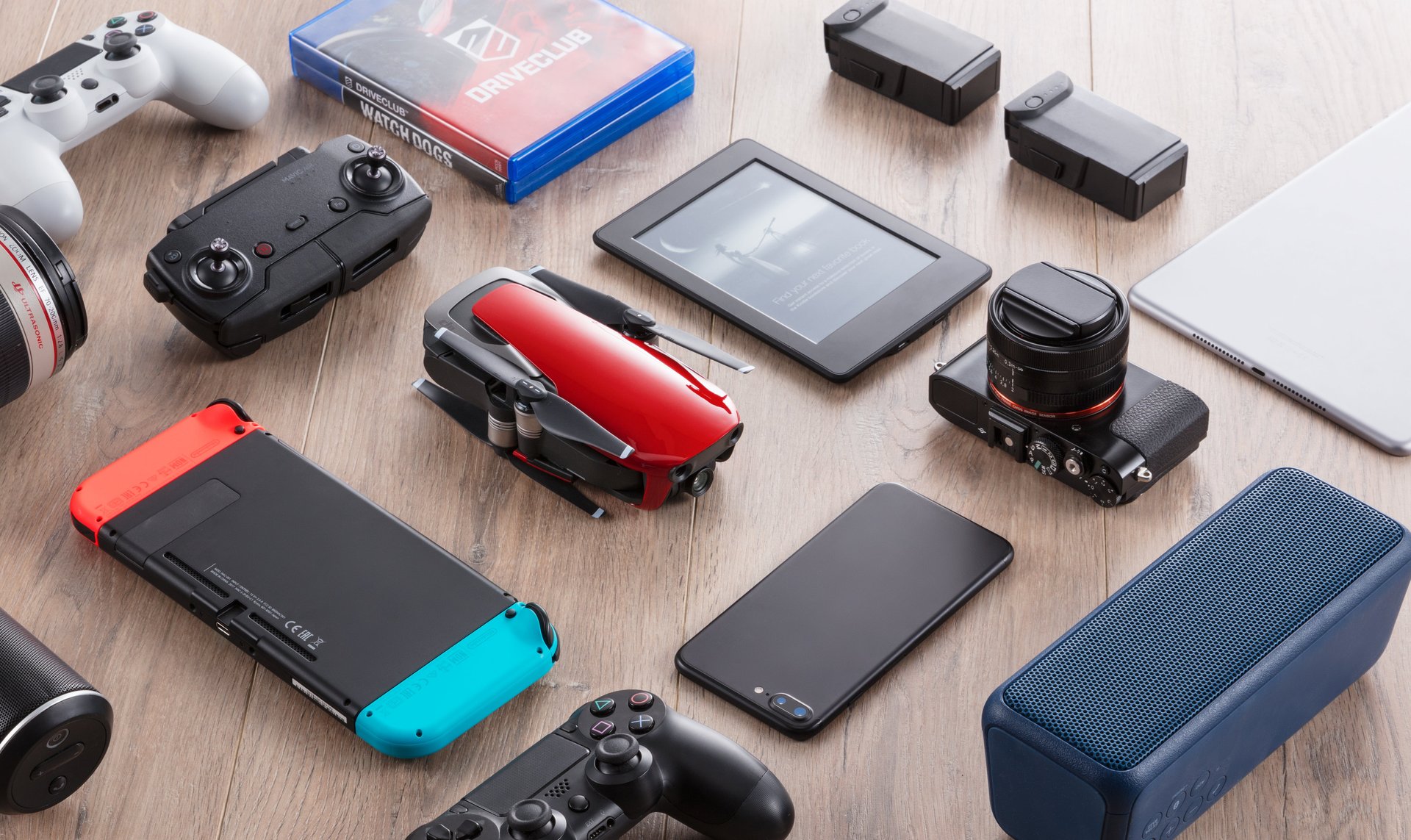DJI has unveiled its most advanced drone yet
At an event in New York Jan. 23, Chinese manufacturer DJI showed off its latest drone, the diminutive Mavic Air. The company’s North American lead, Michael Perry, perhaps channeling Steve Jobs, gave the presentation onstage in a light vest. What seemed like an odd sartorial choice, given how warm it was in the room, proved to be part of the presentation. Perry pulled out his phone, his wallet, a DJI drone controller, and four Mavic Air drones from his pockets, as if that was a normal thing for one to do.


At an event in New York Jan. 23, Chinese manufacturer DJI showed off its latest drone, the diminutive Mavic Air. The company’s North American lead, Michael Perry, perhaps channeling Steve Jobs, gave the presentation onstage in a light vest. What seemed like an odd sartorial choice, given how warm it was in the room, proved to be part of the presentation. Perry pulled out his phone, his wallet, a DJI drone controller, and four Mavic Air drones from his pockets, as if that was a normal thing for one to do.
Innovation seems to be spurting out of DJI like clockwork. In September 2016, it showed off the original Mavic Pro, its first foldable drone, which was a revelation in the utility and design of drones at the time (and has since been widely knocked off). About eight months later, it unveiled the Spark, a tiny, relatively affordable drone that can be controlled by hand gestures, and is easily one of the simplest drones to fly. The rest of the consumer drone market is struggling to keep up.

Now DJI has done it again. The Mavic Air is about the width and height of a smartphone when its propellor arms are folded closed, and just as powerful as its larger Pro drone. It has all of the easy-to-use features that debuted on the Spark, including controlling the drone by waving your hands (and looking like a Jedi in the process) and recording maneuvers that are only a single button push away.
The Mavic Air has a few new tricks. It has more sensors that allow it to more accurately understand and adapt to its surroundings as it flies. The last few DJI drones have been able to sense objects and stop before they crash into them, but the Air will just re-route itself, meaning your video footage shouldn’t look jerky if you happen to fly too near something by mistake. It also has a proper three-axis gimbal which helps it produce exceedingly smooth footage with its 4K camera.
Its also got some new recording maneuvers that let owners capture footage that previously might’ve taken an entire film production crew to get right. One, called “boomerang” mode, captures circular footage that looks like someone stuck a GoPro on a boomerang and tossed it out in front of them:

DJI has not been able to improve battery life. The Air can fly for about 21 minutes, which is longer than the Spark’s 16 minutes, but less than the 27 minutes the original Mavic can muster.
The tiny drone will come in three colors (black, white, and red), and starts at $799. That’s about $50 more than DJI intended to sell the original Mavic for (though $200 less than it ended up costing), but considering this drone is far smaller and more powerful, it’s not a terribly surprising price. DJI is also selling an Air bundle that includes protective bumpers, a remote controller, three batteries, and other goodies, for $999. The Air is available for preorder today, and DJI said it’ll be shipping and in stores on Jan. 28.